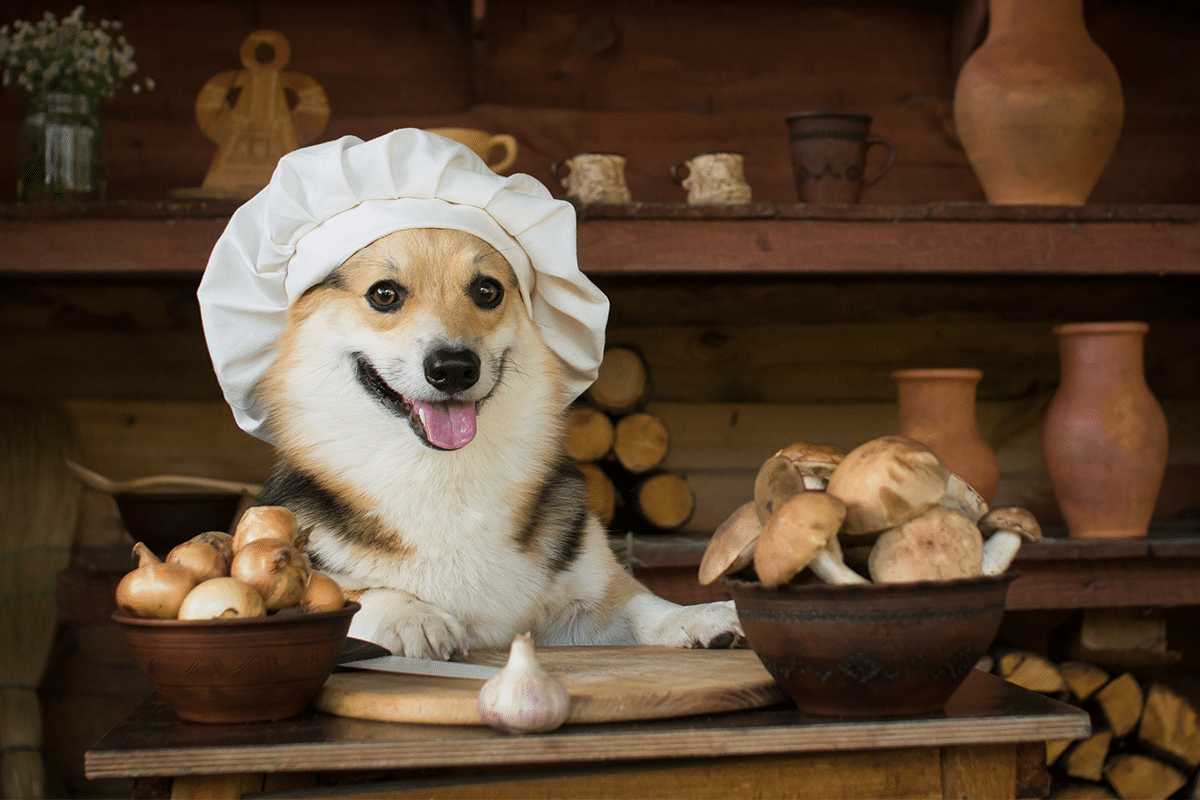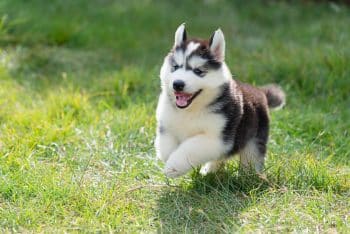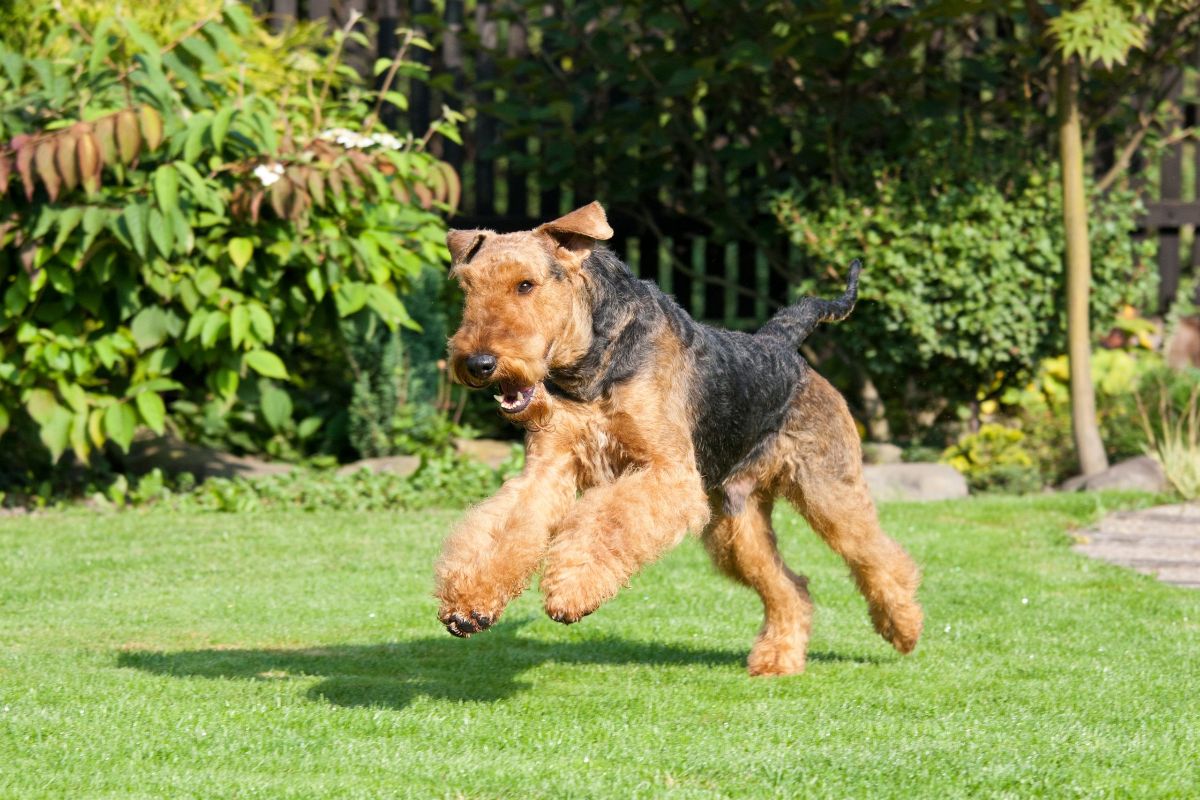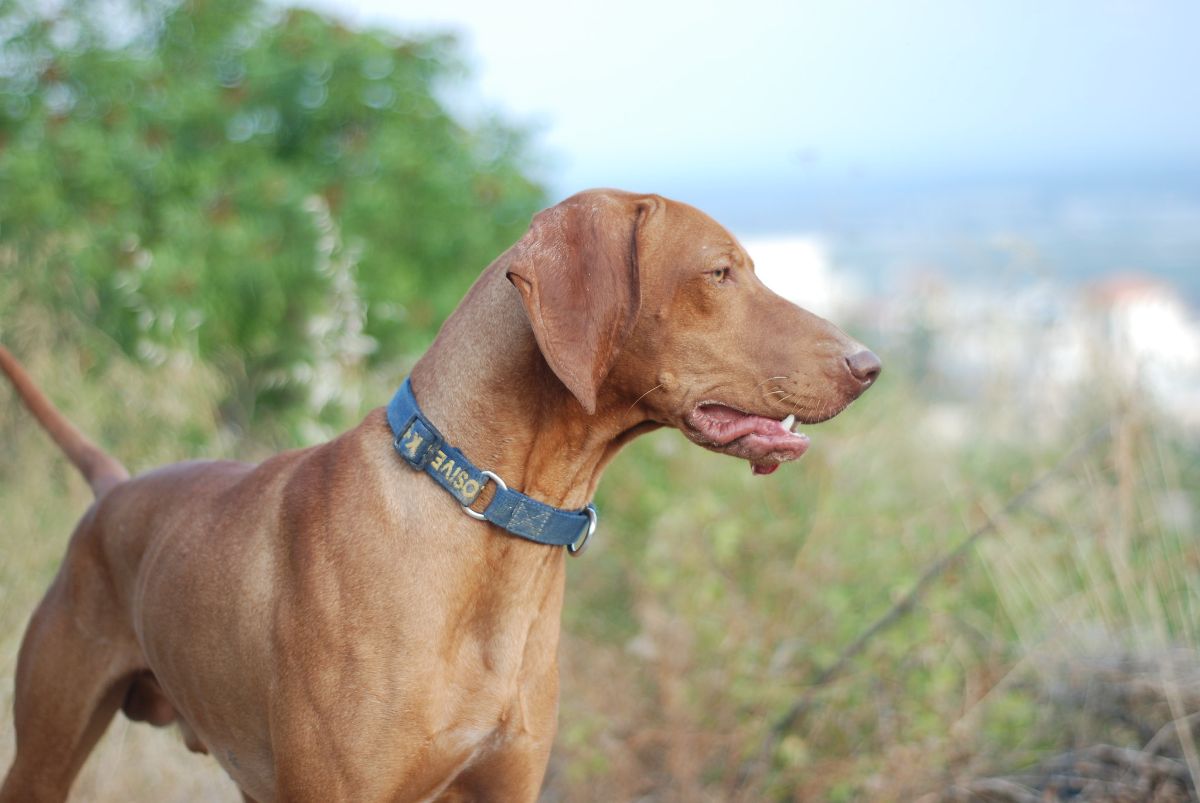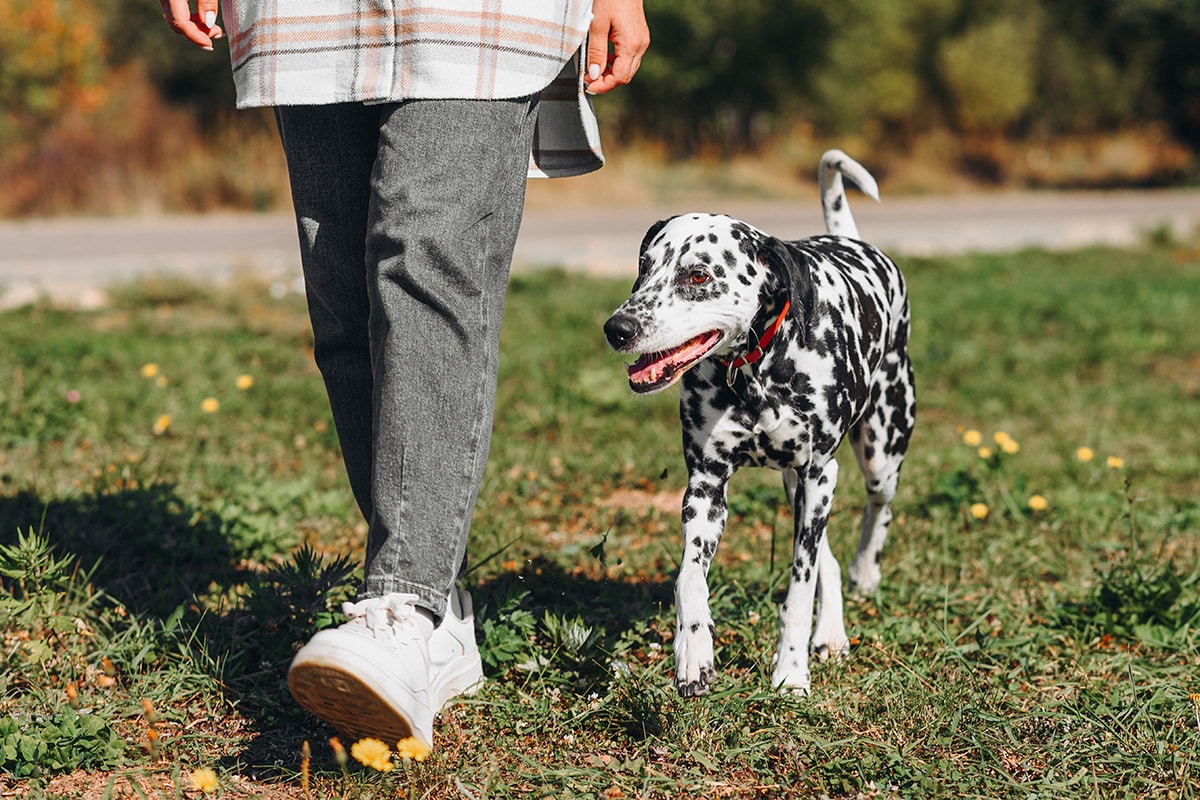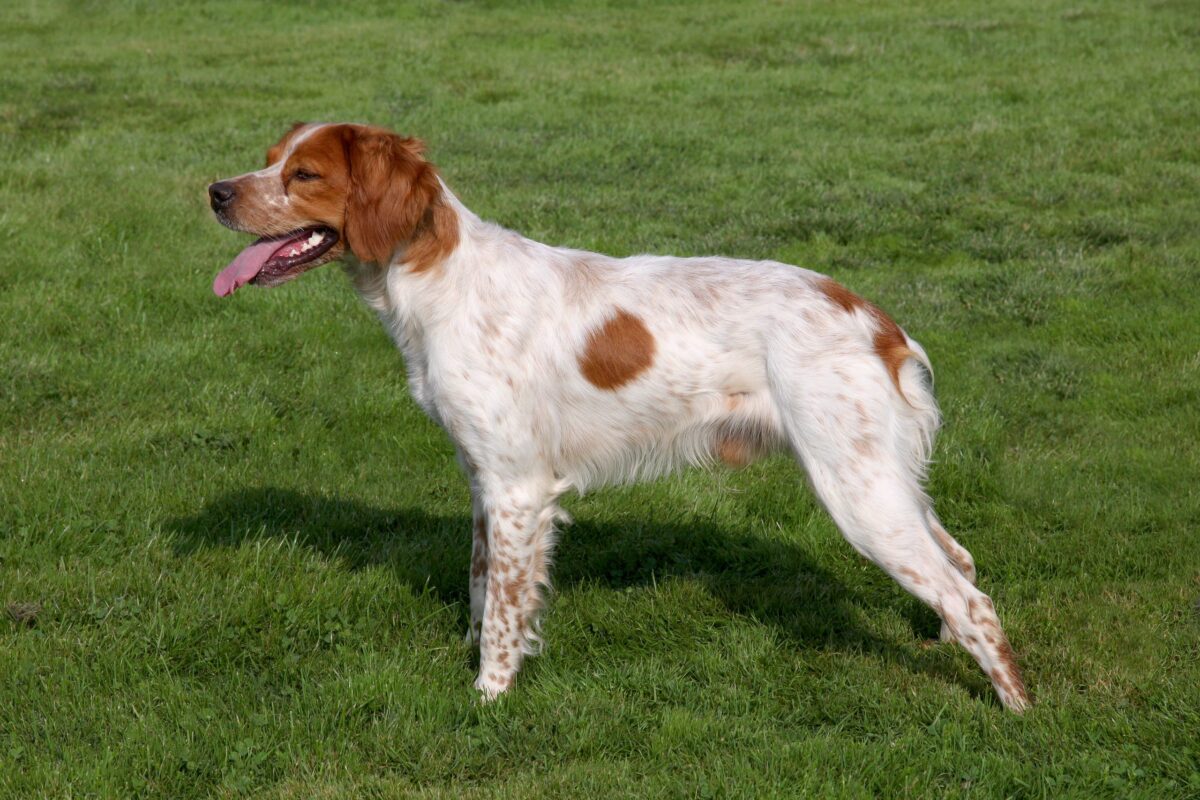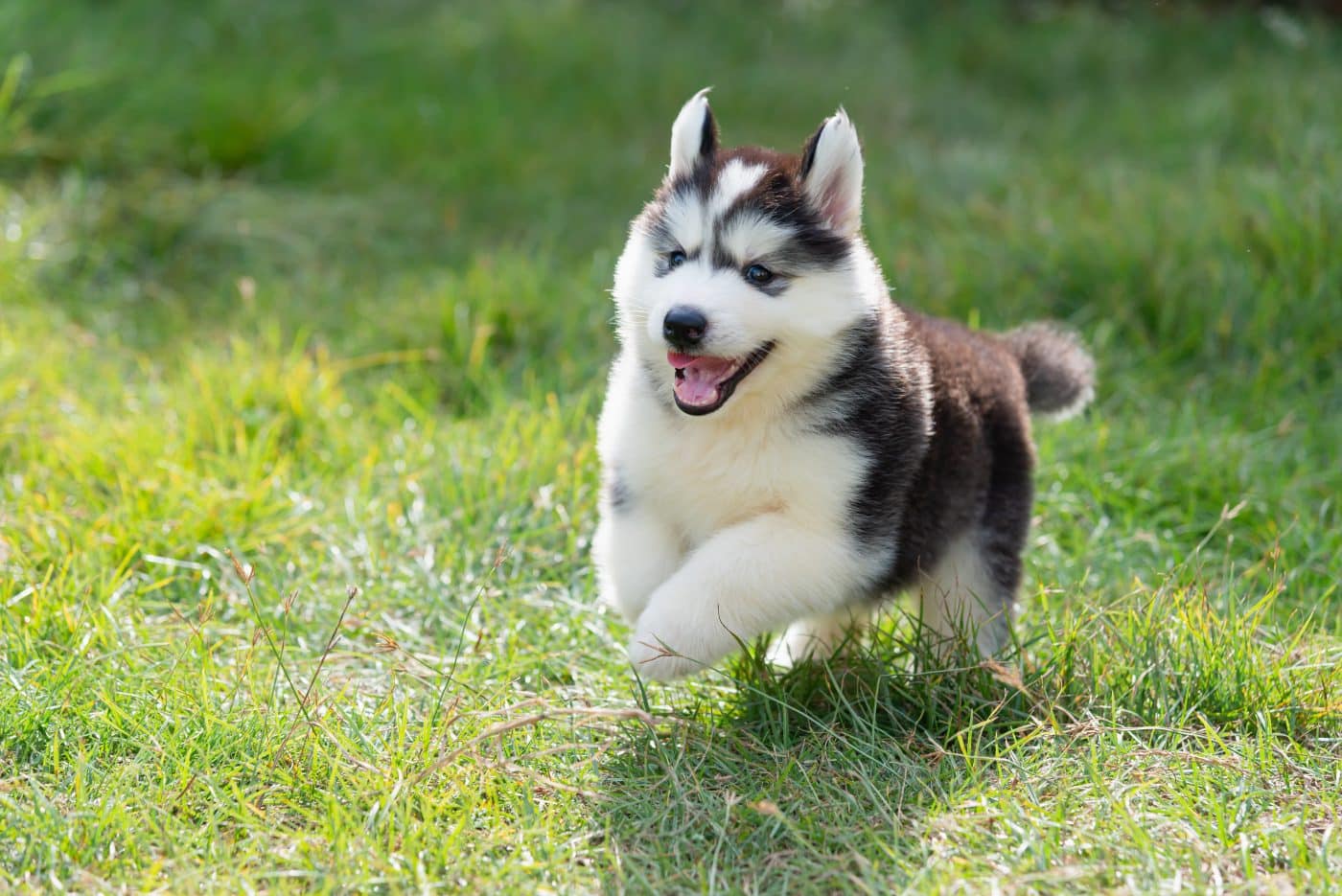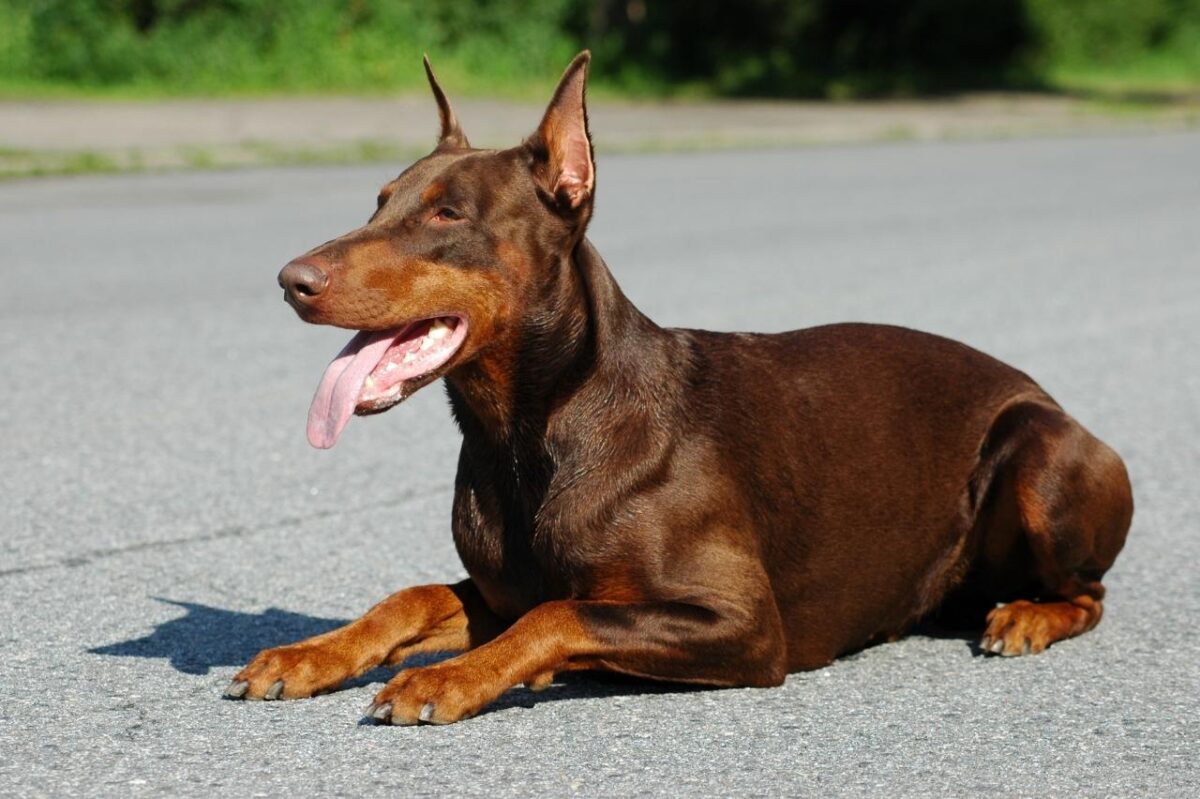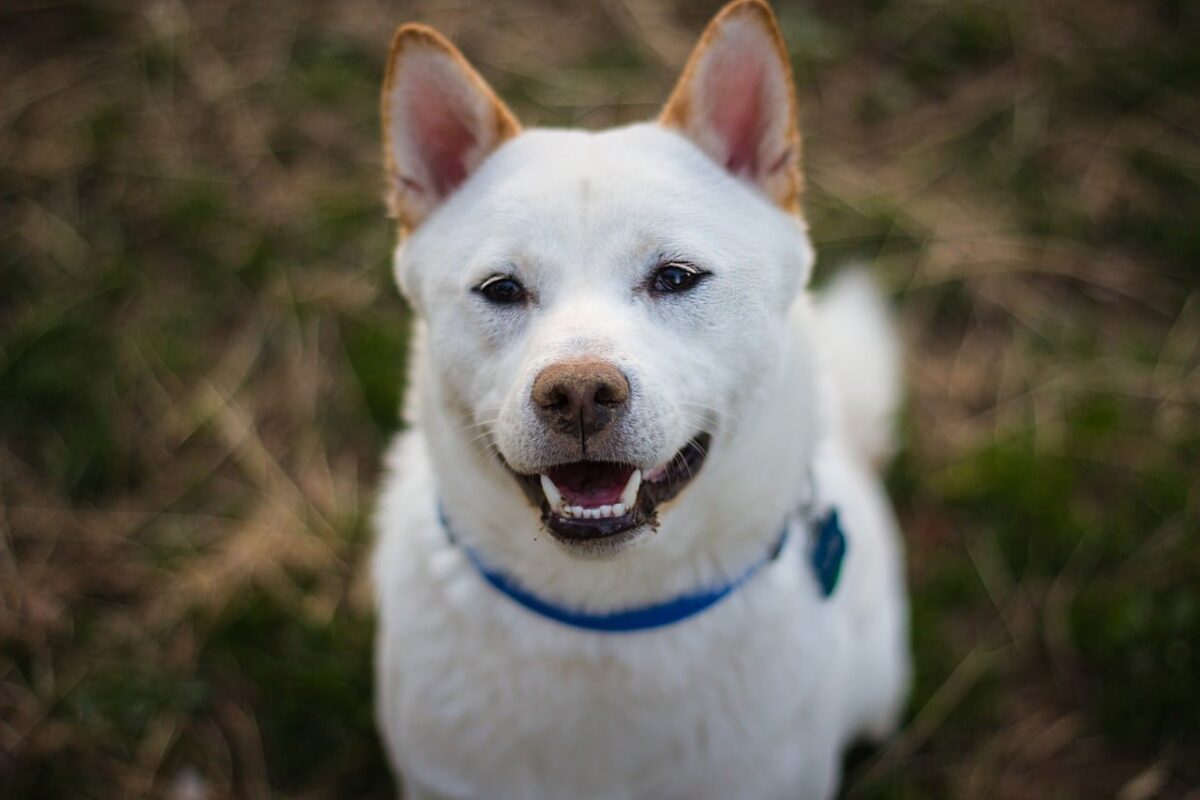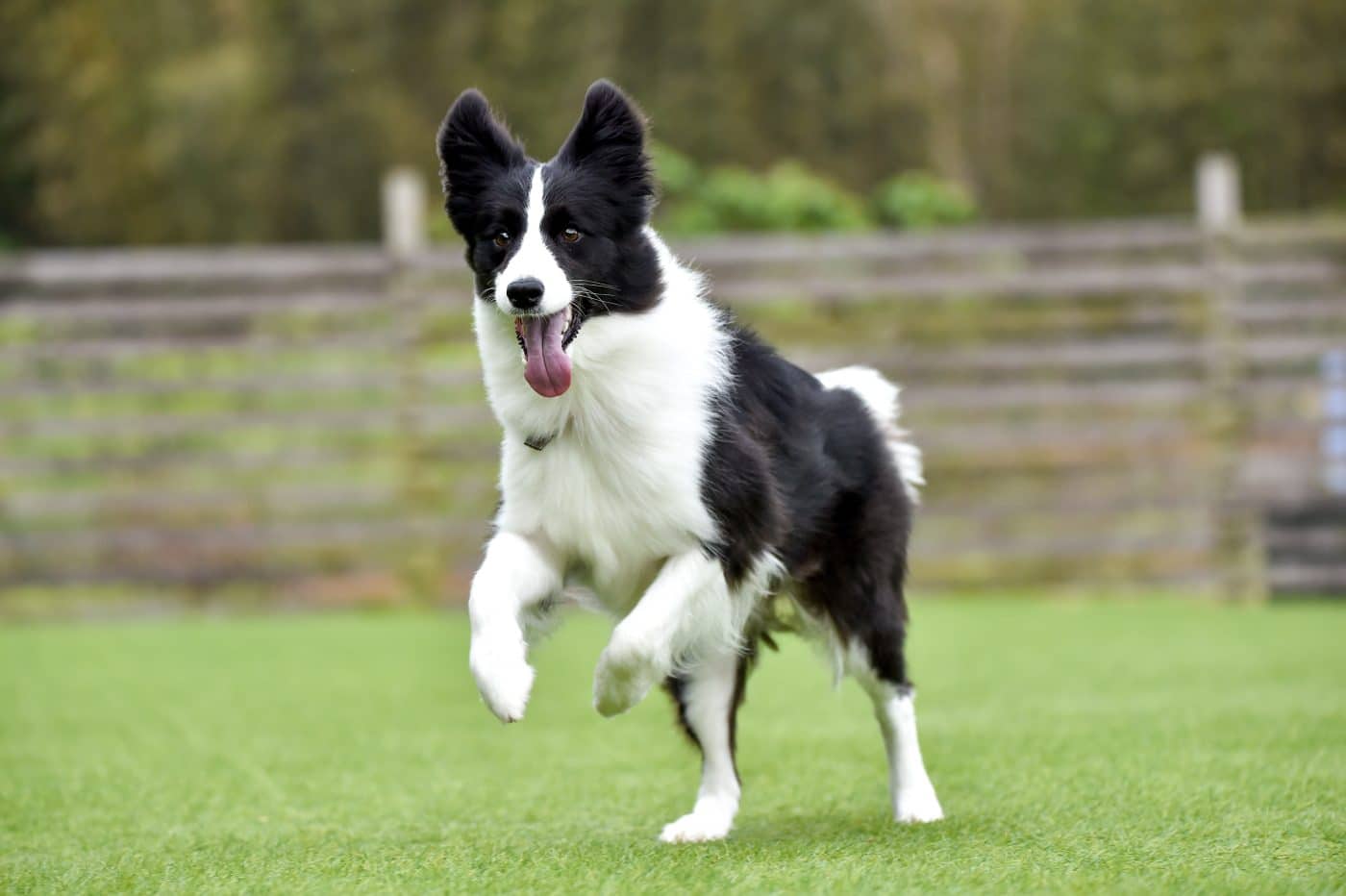
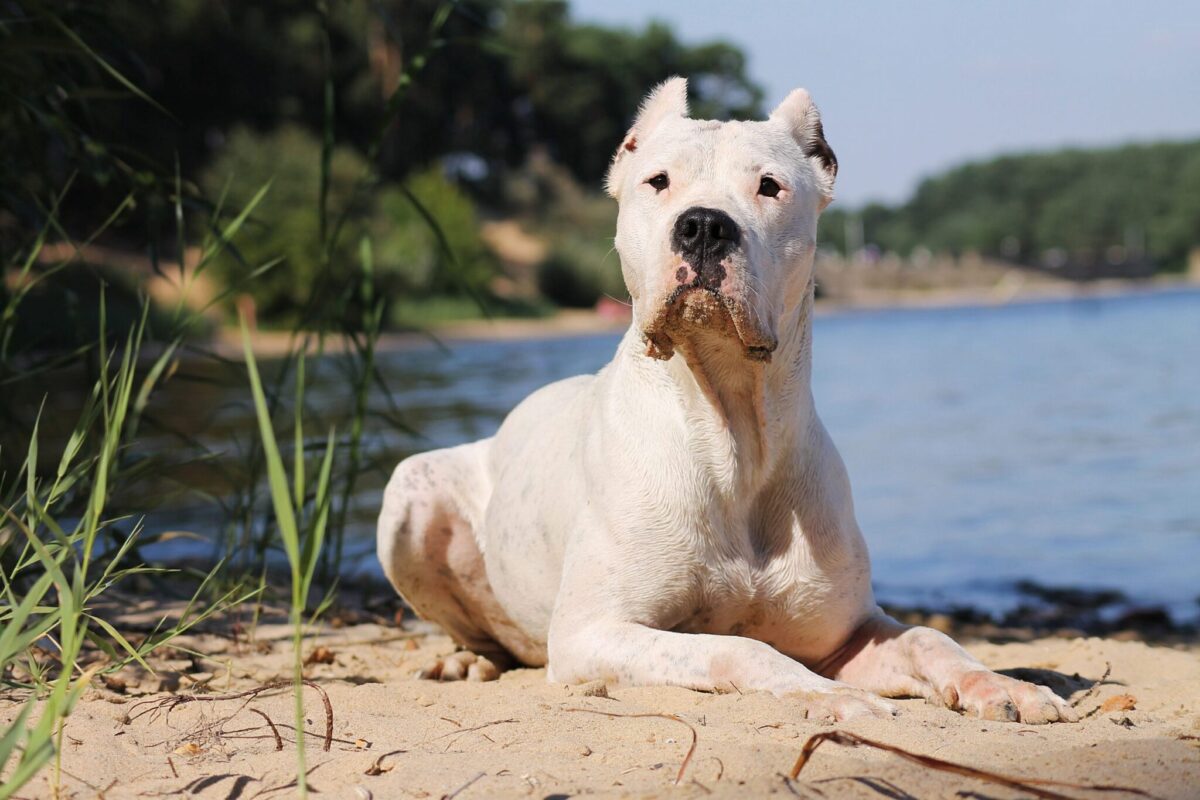
Regarding toughness, some dog breeds are built like tanks—solid, sturdy, and ready to plow through life’s obstacles. Packed with muscle, bone density, and unshakable grit, these dogs aren’t just physically strong; their personalities are just as formidable. Whether bred for guarding, herding, or braving harsh conditions, they carry themselves with unmatched resilience. They face challenges head-on without a second thought. If you’re looking for a dog that can weather life’s bumps and bruises without flinching, these rugged breeds have toughness built into their DNA.
Rottweiler

Rottweiler is a mobile brick wall with a heartbeat. Thick-boned, heavily muscled, and full of quiet confidence, these dogs are the definition of solid. Originally bred to drive cattle and pull carts, Rottweilers were designed to work—and work hard. They’re fearless without being reckless, and they approach challenges with a calm, calculating attitude. If toughness had a mascot, the Rottie would wear the jersey and flex in every team photo.
American Bulldog

Forget everything you think you know about bulldogs—American Bulldogs are pure, athletic powerhouses. They embody physical toughness with a broad chest, thick muscles, and a bulldozer-like approach to obstacles. Historically used for farm work, hunting, and even protection, they have a stamina that can outlast just about anything. They may be sweet with their families, but when it’s time to put their strength to the test, they shift into tank mode without hesitation. It’s like having a linebacker who wants to snuggle after plowing through your backyard.
Bullmastiff

Bullmastiff looks like a living fortress. Originally bred to guard estates from poachers, they had to be tough enough to track down intruders and pin them without causing fatal harm. Mission accomplished. These dogs are massive but surprisingly agile when necessary, and they are built to absorb rough conditions without blinking. With a thick neck, powerful chest, and serious attitude, a Bullmastiff doesn’t just walk into a room—it owns it.
Cane Corso

Cane Corso is the Italian bodyguard you never knew you needed. With a lineage stretching back to ancient Roman war dogs, their toughness is deeply embedded in their DNA. A Cane Corso’s body is a masterpiece of raw strength: broad chest, thick neck, muscular hindquarters, and jaws that could make a steel door reconsider its life choices. They’re courageous, stoic, and relentless when protecting their loved ones. If a Cane Corso stands guard at your door, even the wind thinks twice about knocking.
Dogo Argentino

Dogo Argentino was bred for big game hunting, and it shows. These dogs are pure muscle covered in sleek white fur, and they’re not just physically tough but also mentally tough. Facing down wild boars or mountain lions was their day job, so handling modern life’s little challenges is a walk in the park for them. Their tenacity and drive are matched only by their powerful bodies, and when they lock onto a goal, it’s game over for whatever’s in their way. They’re a one-dog stampede.
Anatolian Shepherd
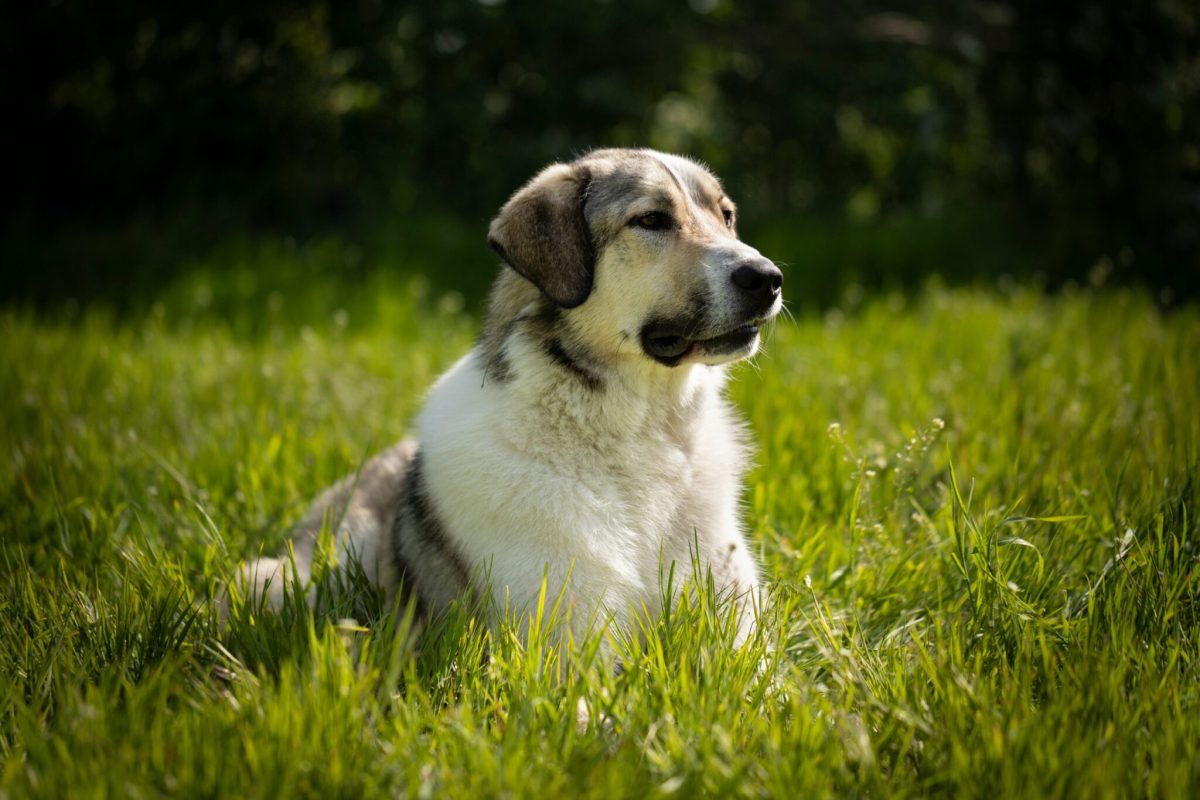
Anatolian Shepherd isn’t here for games—this breed was built to patrol harsh, unforgiving terrain while fending off actual wolves. Standing tall and proud with a massive, rock-solid frame, Anatolians don’t need fancy moves to show their toughness. They assess threats calmly and act decisively, using their size and power to neutralize danger. Their weather-resistant coat and durable bodies make them ideally suited for life outdoors, no matter what Mother Nature throws their way. Think of them as the immovable mountain disguised as a dog.
Presa Canario

If you crossed a tank with a bouncer, you’d get the Presa Canario. With their broad chests, heavy bones, and serious muscles, these dogs were bred for herding cattle and protecting property on the Canary Islands. Presas have a natural fearlessness that’s hardwired into their very being. They carry themselves with a slow, steady power, like they knew they could knock down a brick wall if it looked at them incorrectly. Their physical dominance and mental toughness make them one of the most impressive breeds.
Tibetan Mastiff
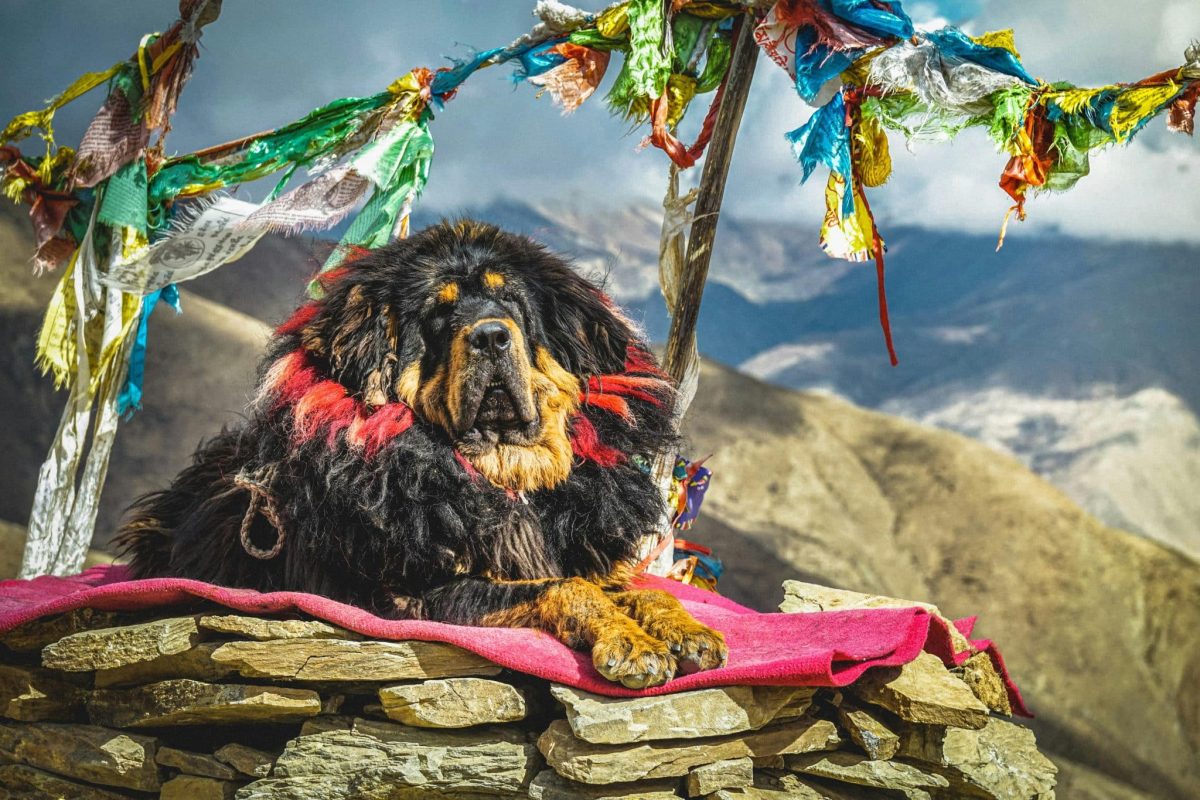
Tibetan Mastiff looks like it came from a myth about ancient mountain beasts. Bred to guard monasteries and villages in the Himalayas, they developed an unshakable toughness that makes them nearly impervious to cold, predators, and just about anything else. Their giant size, thick fur, and serious demeanor give off the vibe of an ancient guardian spirit—one that could flatten threats without even ruffling their glorious mane. They don’t seek fights, but the Tibetan Mastiff answers with thunder if trouble comes knocking.
Boerboel
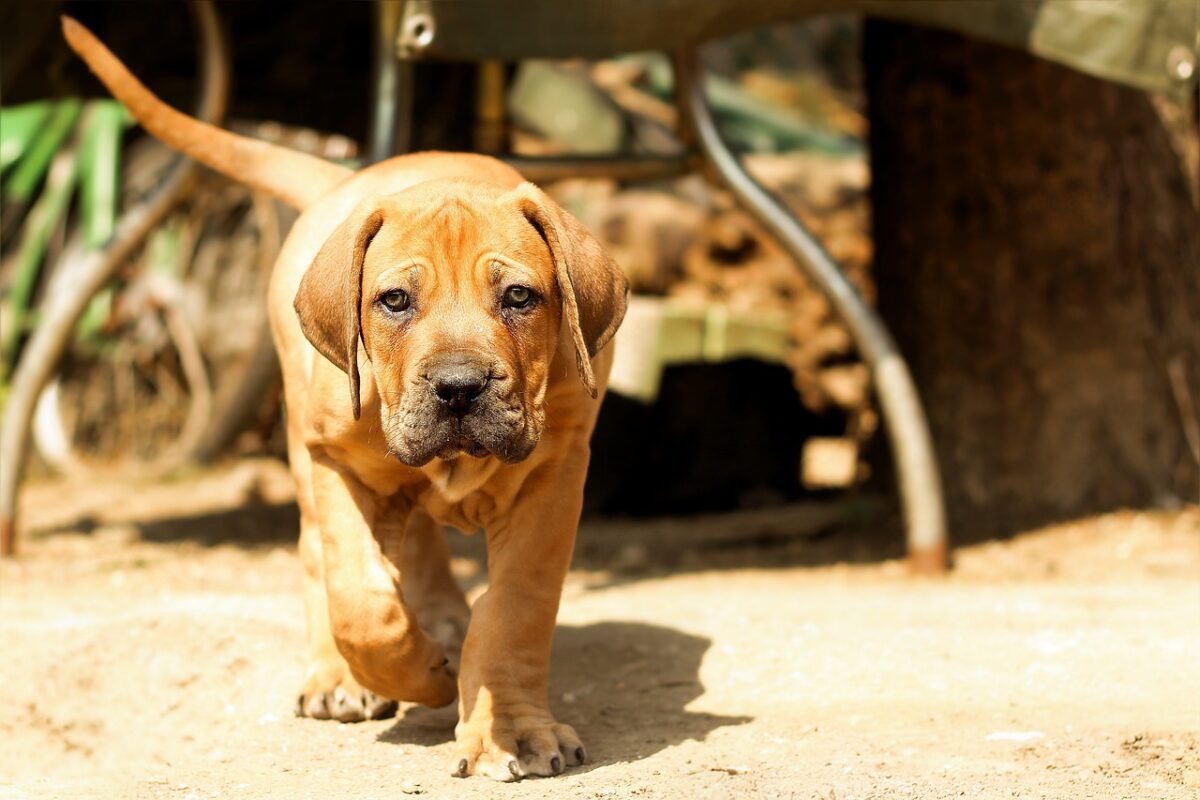
Boerboel is South Africa’s powerhouse protector. Originally bred to defend homesteads from predators and intruders, these dogs are large, solid, and extremely strong. Boerboels combine raw physical might with a keen mind, making them formidable guardians. They’re calm, confident, and almost unnervingly composed in the face of challenges. A Boerboel doesn’t need to bark threats—they exist, and that’s usually enough to make any would-be troublemaker think twice (and then maybe three more times for good measure).
Newfoundland

Newfoundland may be gentle at heart, but its body is built like a cuddly bulldozer. Bred to haul fishing nets and save people from icy waters, they have thick bones, massive frames, and tremendous strength. These dogs can pull a grown adult from the ocean without breaking a sweat—and then carry the groceries inside if you ask nicely. Their endurance, toughness, and water-resistant coats make them nature’s lifeguard with a side of linebacker. They prove that toughness doesn’t always come with a snarl—sometimes with a slobbery kiss.
Kangal

Kangal isn’t just tough—it might be the toughest livestock guardian on the planet. With their colossal size and legendary bite force, Kangals are the apex protectors of flocks. They face down wolves, jackals, and even bears with zero hesitation. Their calm temperament hides a warrior spirit, and when they move into action, it’s like watching a freight train on paws. Owning a Kangal is like having a bodyguard who weighs more than you do and can stare down an avalanche—and win.
The Only Thing Softer Than These Dogs Is the Couch They Just Flattened
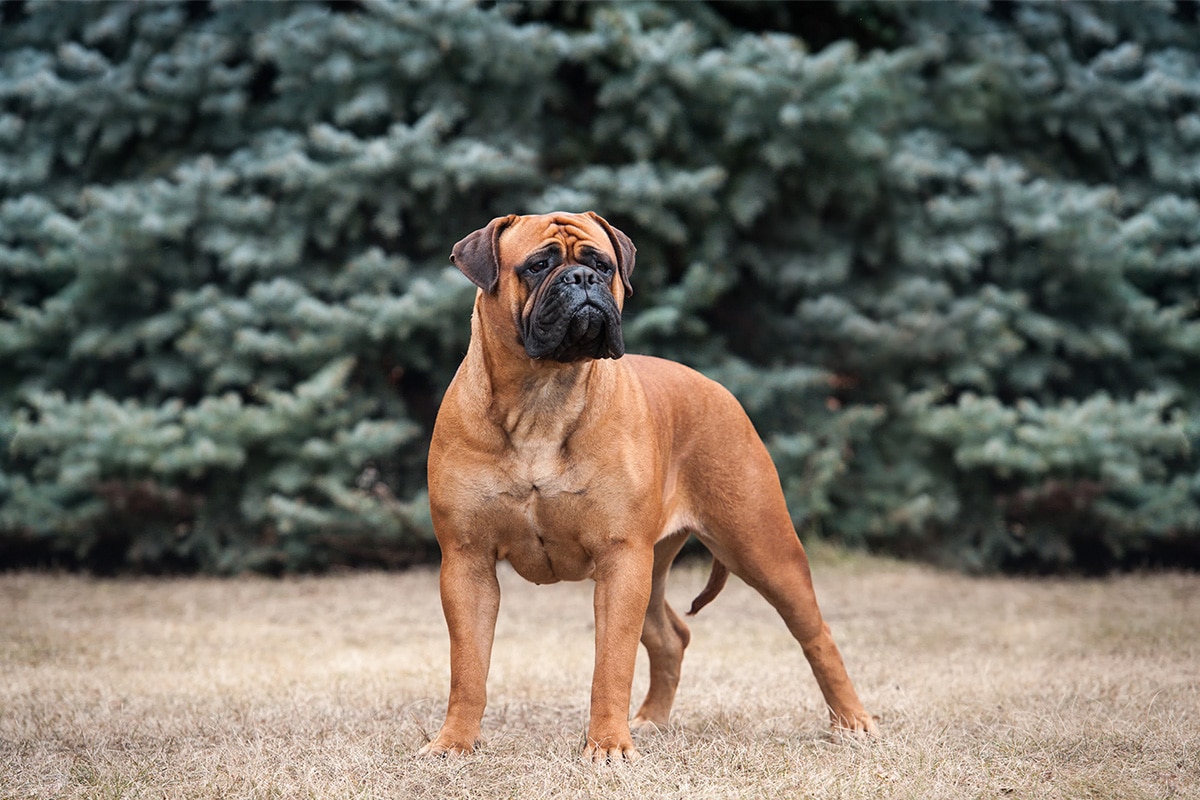
These “tank-like” dogs aren’t just built for show—they’re built for action, resilience, and handling life like the unstoppable forces they are. Whether they’re guarding your home, pulling a sled, or just crashing onto your furniture like a living wrecking ball, their toughness is never in question. Sure, they might occasionally demand belly rubs, but don’t be fooled—underneath that affection is a canine superhero ready to plow through anything life throws at them (and probably knock over a coffee table or two in the process).
The post 11 ‘Tank-Like’ Dog Breeds With Built-In Toughness appeared first on iHeartDogs.com.
via Whisker Therapy









